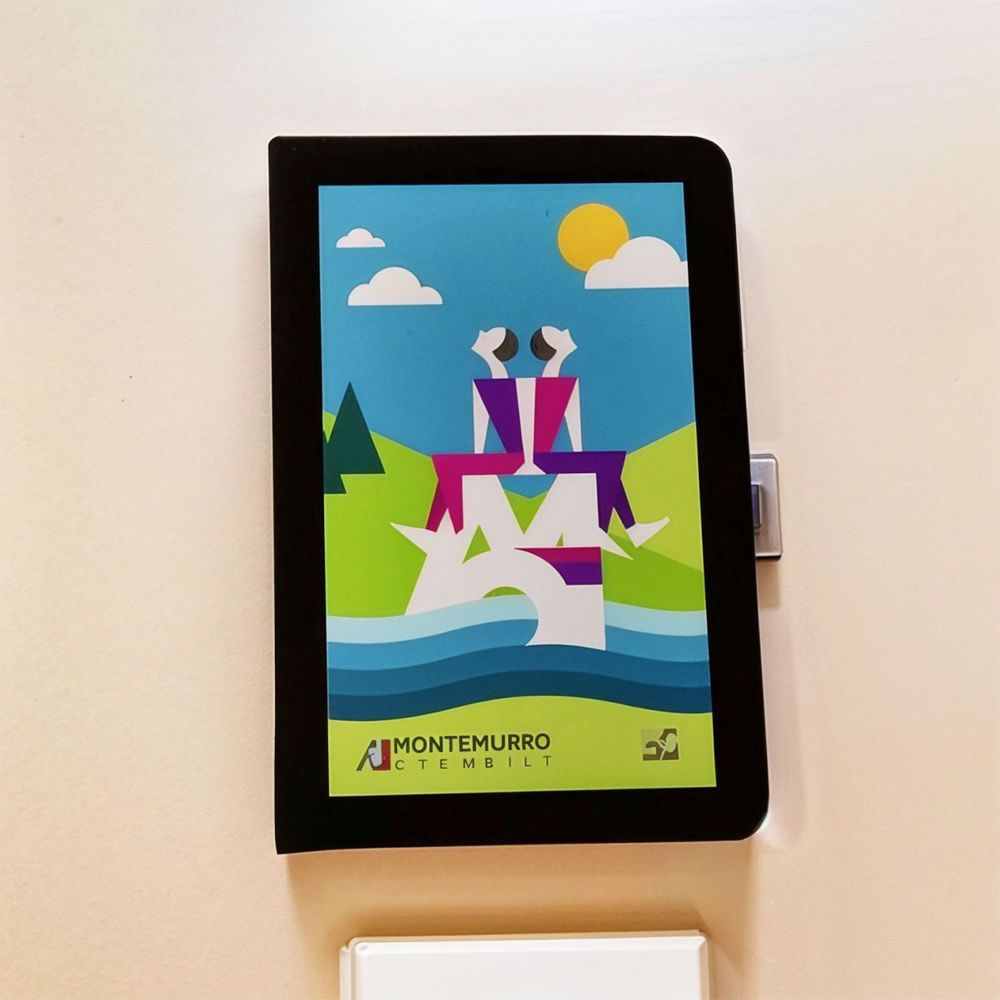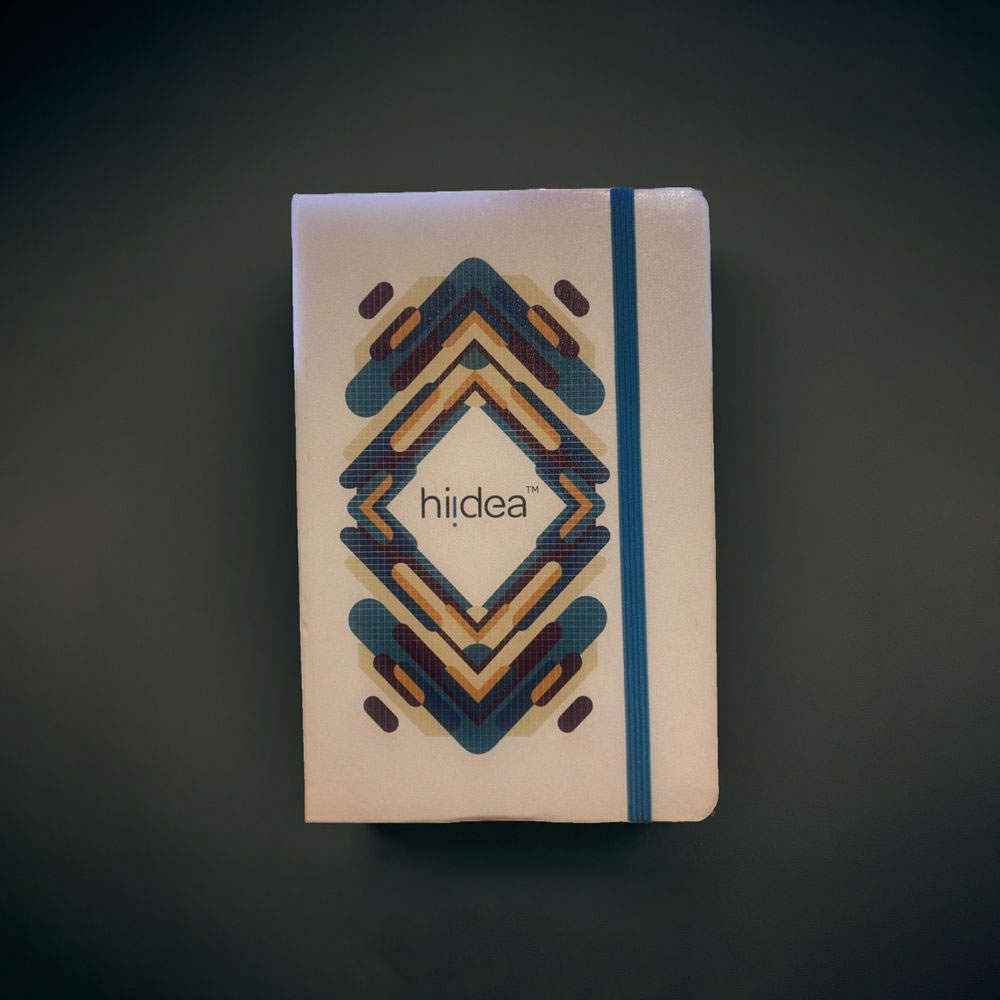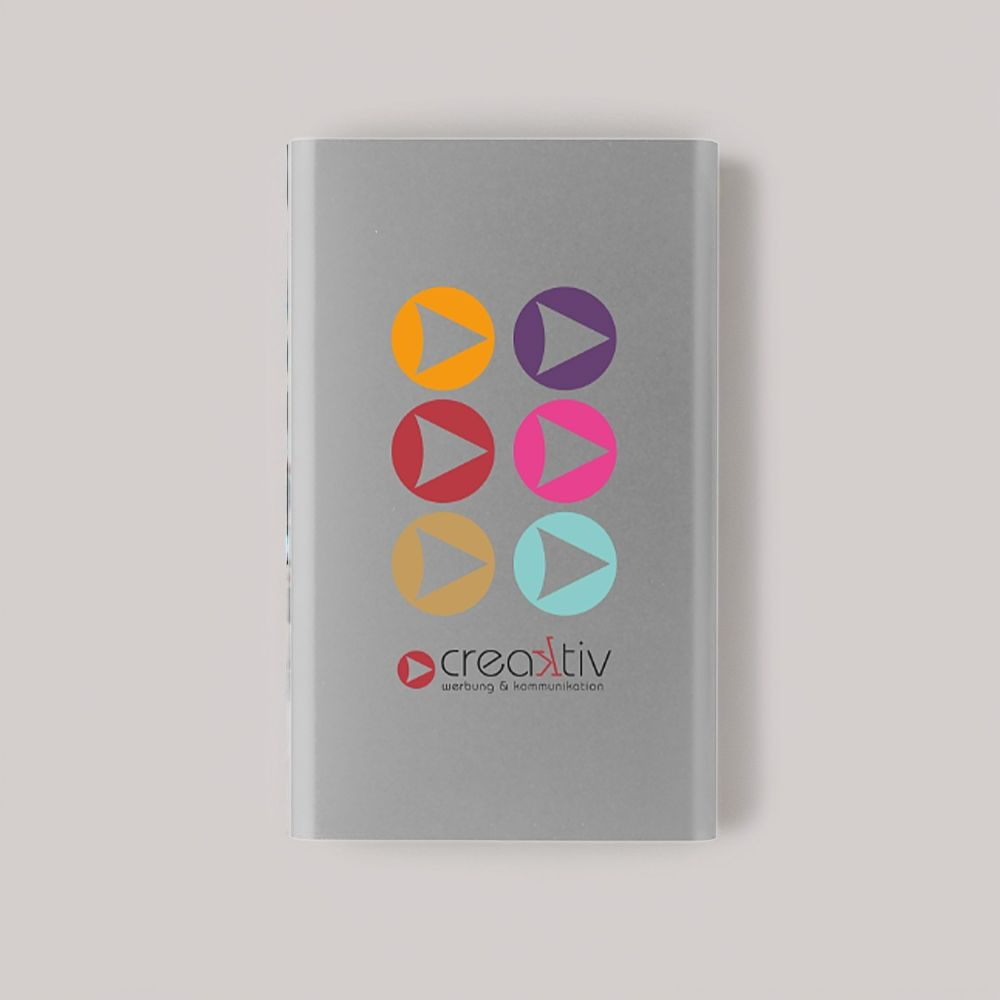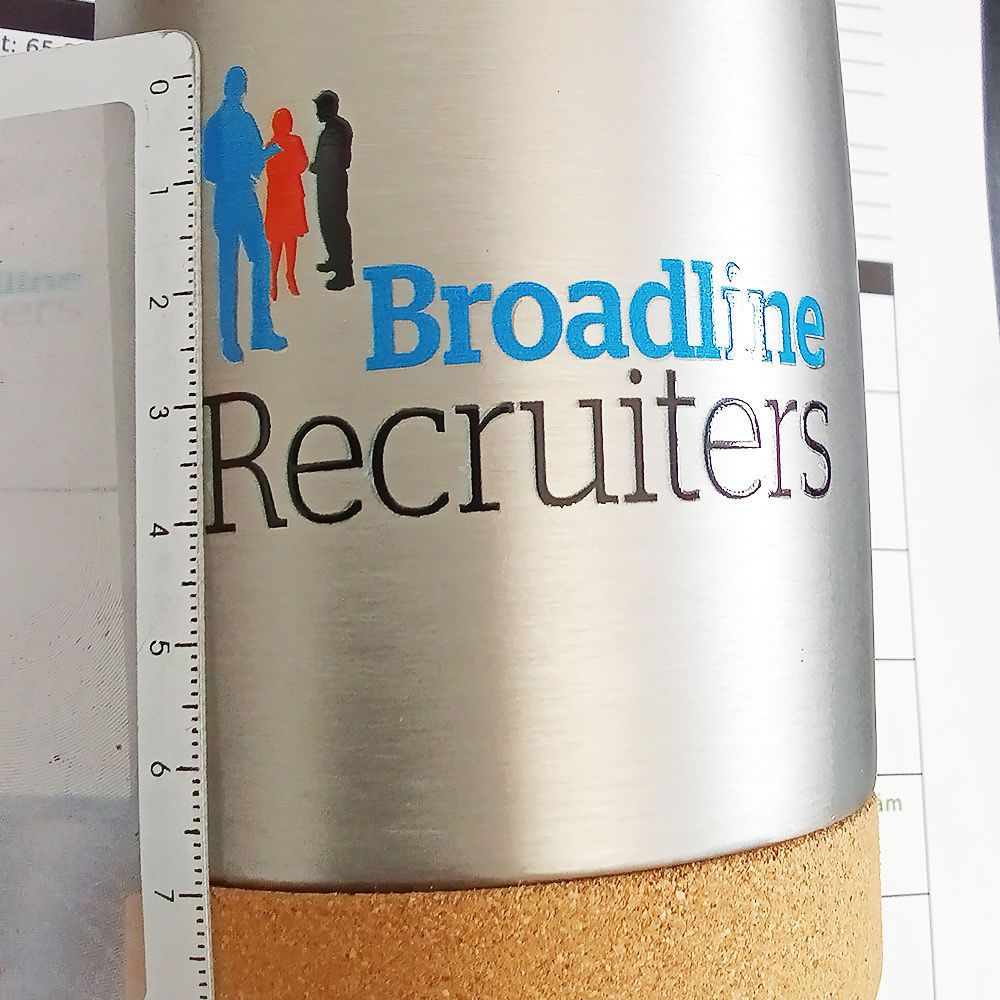UV Led printing
UV LED printing is a modern and cutting-edge type of digital printing that guarantees high-quality final results.
How does it work?
The printing machine applies the ink directly to the area to be printed; instant drying occurs thanks to the ultraviolet (UV) light of the LED lamps present in the machine.
Some examples of application on promotional items
Uv led printing can be used for metal, glass, wood, PU leather, plastic and cardboard items; on flat and circular surfaces. There are many items with these characteristics: water bottles, thermoses, pens, rulers, notebooks, power banks and much more.
Pros and Cons of UV LED Printing
Pros
- Even very complex graphics with fine details can be reproduced;
- High quality full color printing, no limits on the use of colors;
- It's very fast;
- It is versatile because it is suitable for a wide variety of materials;
- It is environmentally friendly. UV polymerization, or ink drying, occurs instantly without evaporation of solvents;
- It is durable. Resistant to weathering, scratches and rubbing.
Cons
- It is less cost-effective than other printing techniques;





